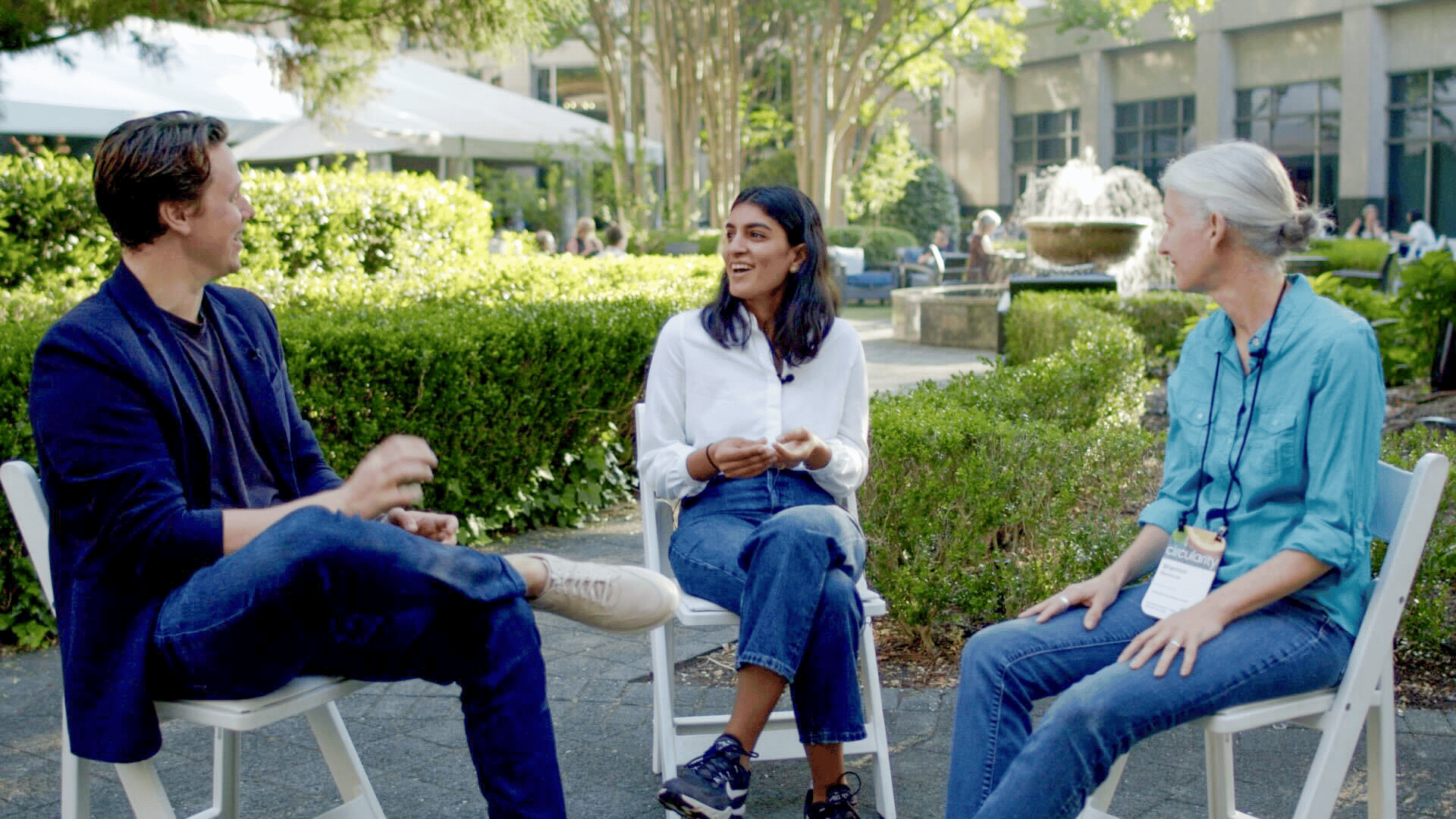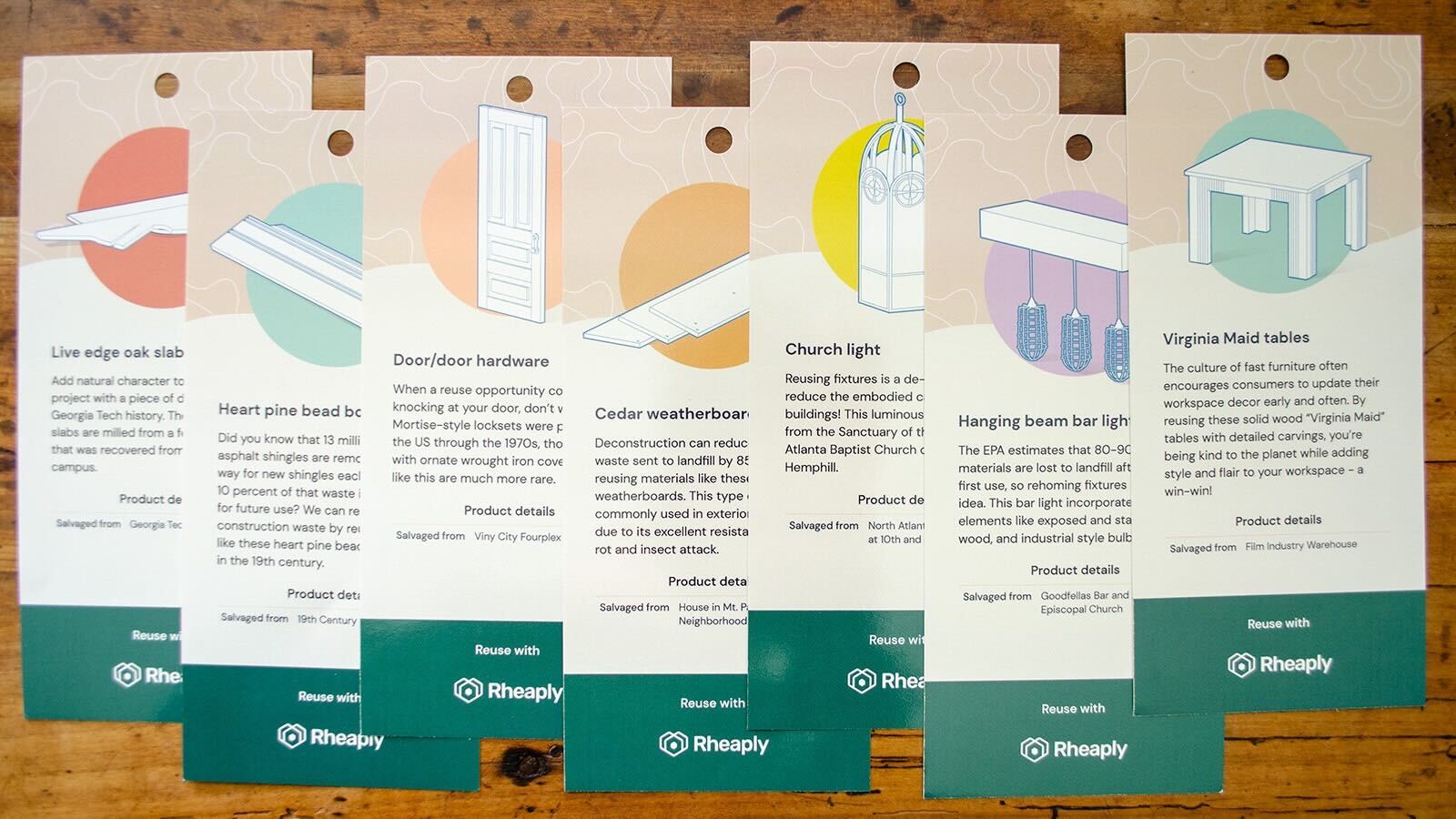Our team at Rheaply has long attended Greenbiz’s annual Circularity conference to convene with other sustainability professionals across the value chain. This year at Circularity 22, we had the opportunity to present an exhibition in collaboration with LifeCycle Building Center. The organization accepts material donations at its store—a historic building in Murphy Triangle, Atlanta’s industrial corridor—and circulates them back into the community through resale and donations to nonprofits.

Circularity 22
While waste from consumer products and goods packaging was the focus of many exhibitors and panels at Circularity 22, our partnership with LifeCycle Building Center shines a spotlight on the potential of building material reuse. In combination with improving efficiency and enhancing building utilization, reusing materials can account for a 44% emissions reduction from buildings and infrastructure by 2050 (Arup). The construction reuse economy also generates green jobs that include deconstructing buildings, retailing salvaged materials, and repairing used furniture, fixtures & equipment (FF&E). By pooling resources and sharing them within communities, construction industry partners can amplify collective impact.
Our booth featured an interactive display of salvaged items that emulated the experience of visiting LifeCycle Building Center’s vast warehouse of building materials, furniture, appliances, and more. Descriptive tags showcased the story behind each item, which were collected from sites around Atlanta that included churches, homes, and even film sets.
Collecting and tracking information about recirculated materials enables better decision making about how to use them. Watermarking and QR coding are just a few of the tools available to bring visibility into inventory management, but how can they be effectively scaled across the life of an item? Sabira Lakhani, Director of Product Management at Rheaply, recognizes the challenge that “information flow is so intangible … data and information about things feels very digital and not touchable.”




Learning about the rich history of items in the Rheaply booth helped to make their value tangible, inspiring visitors to incorporate reused materials into their own spaces. By engaging directly with salvaged materials, people could “connect the dots” between the need for tracking information on resources, both online and offline, to their own purchasing decisions.
The act of sharing reused materials also reminds us of our relationship with the natural world. Shannon Goodman, Executive Director at Lifecycle Building Center emphasizes that “there is a connection, whether people are conscious of it or not, to reuse that’s literally part of our DNA … We have to make sure that we don’t forget that humans are part of nature.”
We’re galvanized by the latest ideas and innovations presented at Circularity 22, and energized by connections old and new. Listen to our latest Multi-usiverse episode recorded live in Atlanta to learn how reused building materials—combined with digital infrastructure—are the foundation of the circular economy.